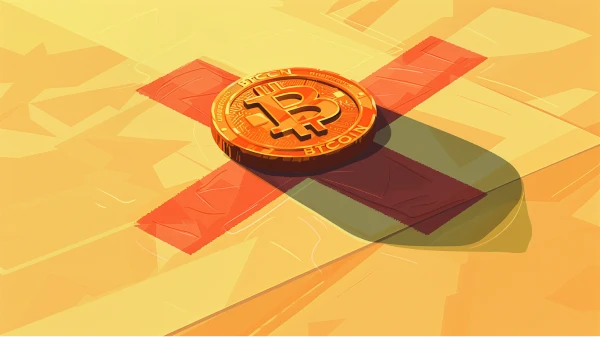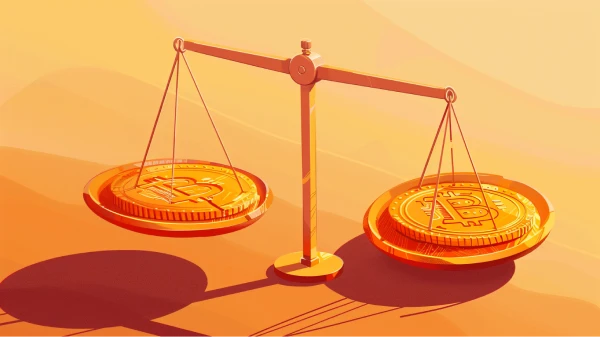The US Dollar works well for payments, but it not what it used to be for savings. Our currencies, sometimes called fiat currencies, have many problems.
In this video and article we break them down in simple terms.
What Is A Fiat Currency
A fiat currency is a form of money issued by a government that derives its value solely from the government’s backing. A fiat currency is exclusively controlled by this authority and does not have a guaranteed exchange rate with another asset, such as gold. The value of a fiat currency is determined by the supply and the demand for it, which may be affected by the stability of the issuing government. The vast majority of commonly used currencies, including the U.S. dollar, are forms of fiat currency.
Why Do Governments Use Fiat Currencies?
Governments generally choose to use fiat currencies because it gives them a great deal of control over the economy. By controlling the primary form of money, the government has much more power to influence the economy. Governments use monetary policies, such as changing interest rates and setting reserve ratios for banks, to affect how the country uses a local currency.
Additionally, governments can print their currency whenever they want. This lets the government pay off debts or fund new spending objectives. Printing new money allows a government to spend more money than they collect through taxes or issuing debt.
Why Do People Use Fiat Currencies?
Fiat currencies become the primary money of an economy due to several cumulative financial and legal incentives. The government’s issuance and backing of a currency creates a great deal of trust. Fiat currencies that are issued by stable governments, such as the United States, can generally be expected to have a great deal of stability themselves. Additionally, the government has a strong interest in protecting their currency, aligning their incentive with the citizens who hold the currency.
Governments also use more direct methods to make people use their currency. Many governments will declare their currency legal tender, but not others. This creates a legal mandate for people to accept the local fiat currency. Governments require citizens to pay taxes in their fiat currency, creating demand for the currency as a means of settling debts with the government.
Currencies benefit from a strong network effect, meaning that its value increases as more people use and accept it. Since local currencies are generally widely used it becomes much more convenient for people to use them. Having a common currency simplifies transactions since people do not have to worry about conversion rates or changes in relative prices.
➤ Learn more about Bitcoin’s Network Effect
Fiat Currency Characteristics
A primary characteristic of fiat currencies is their tendency to experience consistent inflation. As governments continue printing currency to fund expenses, the supply of the currency increases forever. This decreases the value of the currency overtime, and therefore the price of the same good will increase indefinitely.
Fiat currencies in healthy economies typically experience annual inflation rates around 2%. However, the inflation rate is affected by economic events that reshape supply and demand of the currency. For example, many countries increased the supply of their currencies drastically in response to the COVID-19 crisis, which may ultimately lead to excess inflation. In extreme cases a fiat currency may face hyperinflation.
➤ Learn more about hyperinflation in Zimbabwe
Fiat currencies are designed to be great at conducting transactions. They are usually made from paper or other portable materials. They are divisible in standard increments that allow for exact change. Additionally, fiat currencies are nearly guaranteed to be accepted by a merchant, except in extreme cases of economic instability or hyperinflation.
The legacy financial system built around fiat currencies also affects the way in which the currency can be used. Large banks typically move money slowly and cannot always have certainty regarding funds. This results in slow processing times and may prevent money transfers during weekends or bank holidays. Additionally, it creates chargeback risks for merchants who are accepting fiat currency payments.
Alternatives to Fiat Currencies
There are many alternatives to fiat currencies. Commodity money such as gold, copper, or salt have a non-monetary value that fiat currencies lack. This can make their prices more predictable and shields them from detrimental effects of an unstable issuing government. However, these currencies tend to be less convenient to transact with because they lack qualities such as portability and divisibility.
Representative money is often designed to combine the best part of fiat and commodity money. For example, a note that represents some amount of gold could achieve a direct correlation to gold’s price and inflation protection while simultaneously being easy to carry and use as payment. However, these monies ultimately depend on trust in the promise that the note represents the underlying commodity. If that trust deteriorates, the value of the representative money can erode rapidly.
Bitcoin was created as a fiat currency alternative that maintained the useful properties of government-issued currency. Bitcoin is highly portable and divisible, which makes it easy to conduct transactions with. Additionally, Bitcoin has a predictable and finite supply, protecting against detrimental effects of inflation.
Unlike fiat currencies, Bitcoin is not controlled by a central authority and does not depend on the success of any individual government. Currently, the largest factors affecting Bitcoin’s usefulness as a payment method are a lack of acceptance from merchants, a desire for bitcoin holders to spend their dollars instead, and in the U.S. the regulations around bitcoin payments being taxable events.
Notice: River does not provide investment, financial, tax, or legal advice. The information provided is general and illustrative in nature and therefore is not intended to provide, and should not be relied on for, tax advice. We encourage you to consult the appropriate tax professional to understand your personal tax circumstances.Key Takeaways
- Fiat currencies are issued and controlled by a local or national government.
- Most countries use a fiat currency to conduct the vast majority of their economic activity.
- The supply of a fiat currency is likely to increase forever.
- Bitcoin, gold, and silver are alternatives to fiat currency.


